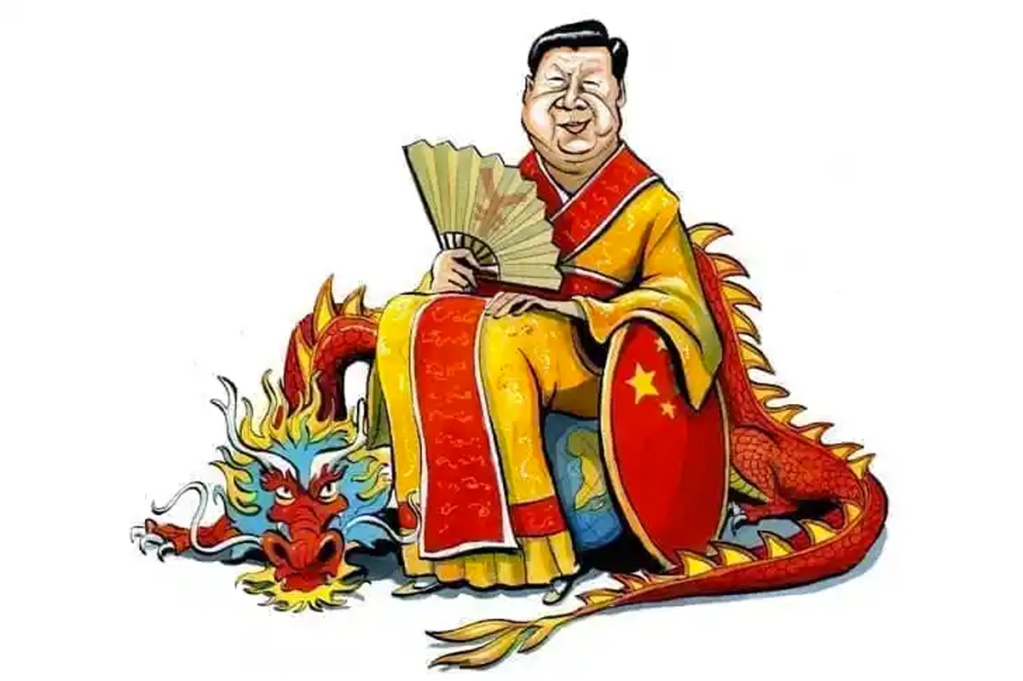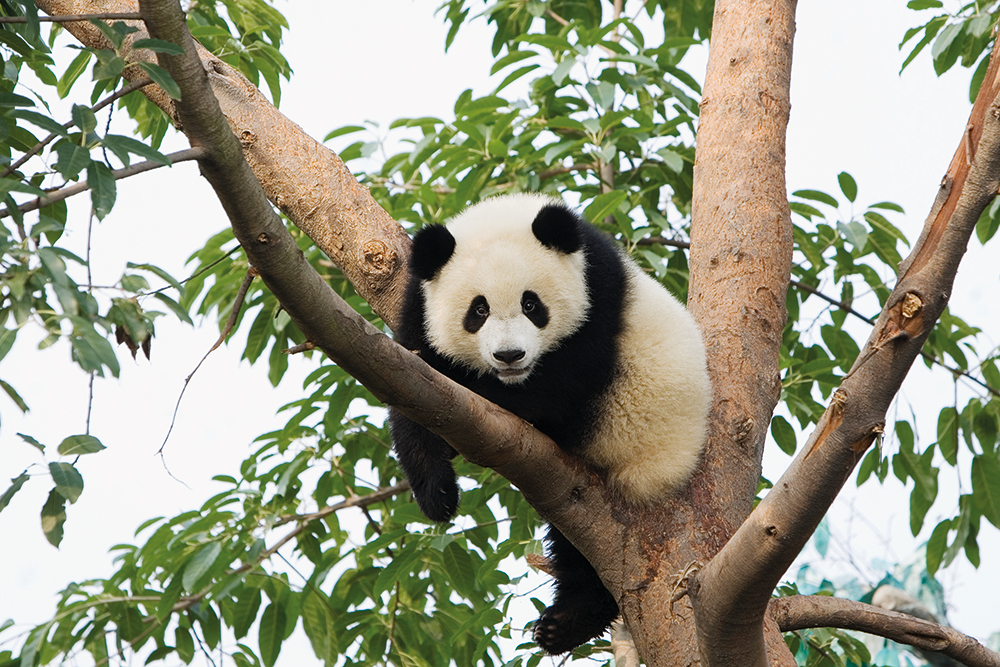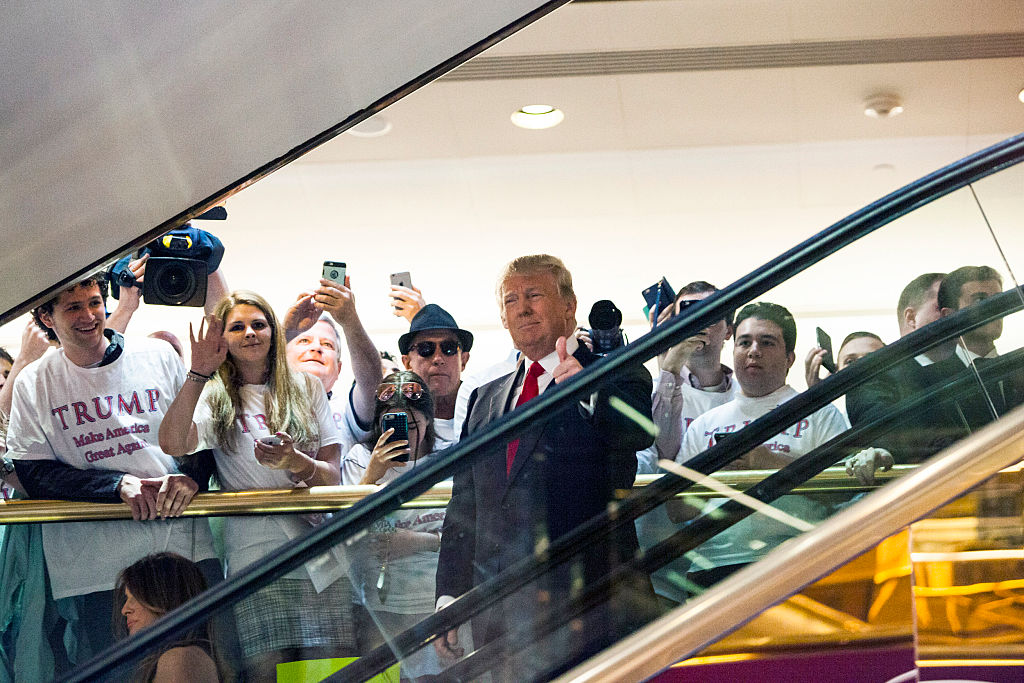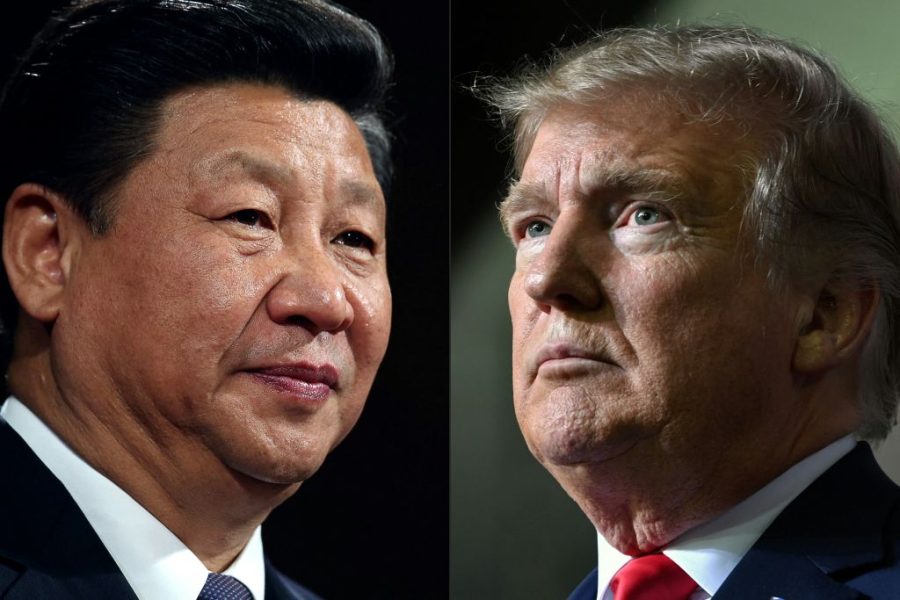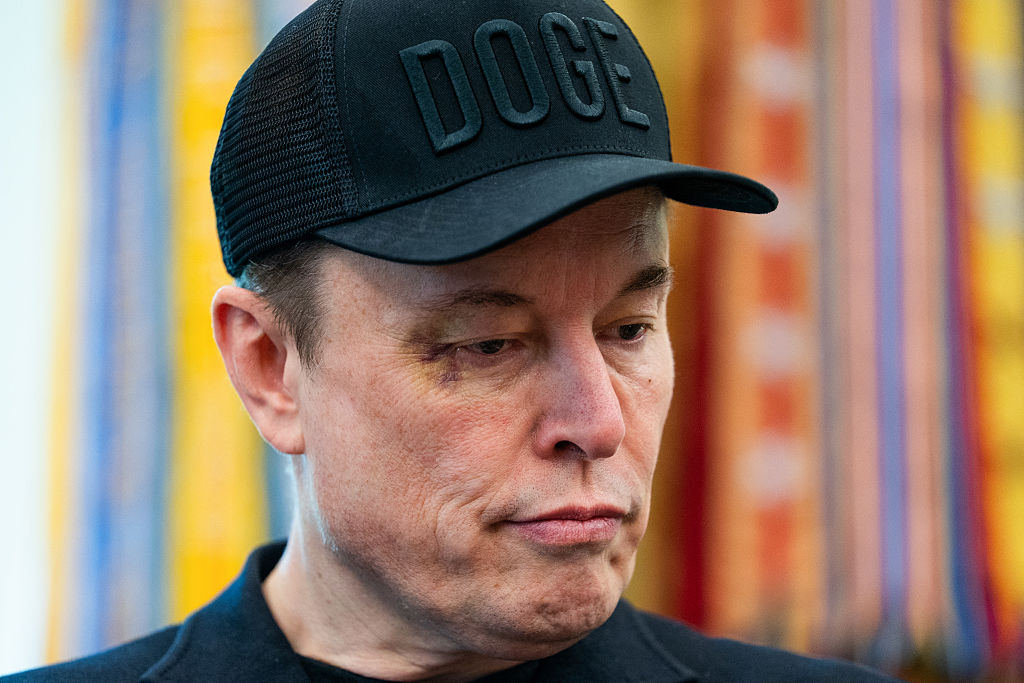The Chinese people seem to have run out of patience with their country’s draconian Covid policies. After almost three years of brutal lockdowns, mass testing and sweeping quarantine, all facilitated by claustrophobic surveillance, they appear to have snapped. The protests that swept China at the weekend are the biggest challenge to Xi Jinping since he took power in 2012, and try as he might he cannot shift the blame. Zero Covid is his policy. Dissenting voices pointing to the economic and social cost have been silenced, and “defeating” the virus and demonstrating the superiority of the Chinese Communist Party over the floundering West is part of the cult of Xi.
The protests are particularly dangerous for Xi because of their geographical sweep — from Urumqi in the far west, to Guangzhou in the south, by way of Beijing, Shanghai, Wuhan and many more towns and cities in between. But also because they seem to have brought together a rare coalition of anger that ranges from students and urban elites to factory and migrant workers, united by their suffering as a result of zero Covid. Xi appears to have underestimated the widespread frustration and anger.
The immediate trigger for the weekend’s protests appears to have been a deadly fire that killed ten people in a tower block in Urumqi last Thursday night. The area had been under lockdown since August and there were claims that harsh Covid measures had prevented residents from fleeing. The local authorities disputed that, but their denials were met with widespread skepticism on Chinese social media, where official claims are no longer trusted. It was only the latest of a series of grim stories of the collateral damage of zero Covid, including the death in Guizhou province in September of twenty-seven people when their bus crashed while taking them to one of the giant quarantine facilities.
In Beijing, large crowds of peaceful protesters gathered on Sunday, some holding blank pieces of paper as a symbol of censorship, shouting for “freedom.” The blank paper protest was quickly dubbed the “A4 revolution” and spread to Shanghai, where one of the city’s biggest paper manufacturers issued a bizarre statement denying rumors that it had ordered its A4 paper to be removed from the city’s stores. Students in both cities can be seen in videos demanding Xi’s resignation. Students at the elite Tsinghua University in Beijing sang songs and called for “democracy and the rule of law.” Some of the biggest crowds were reportedly in Wuhan, where thousands took to the streets of the city where the virus first emerged almost three years ago. Footage from the protests has not been fully verified, but whatever their form, it is clear that protests are sweeping across the country.
Earlier this month, the authorities announced a series of measures aimed at easing zero Covid controls in an effort to make them more focused and less intrusive. But with Covid cases surging, reaching the highest levels in China since the pandemic began, the timing was never good. A week after the announcement the promised changes rapidly unravelled. Draconian was back, and the broader impact was to sow more confusion and frustration.
Beijing and Shanghai were quiet this morning, though there was a heavy police presence in the areas where the protests took place. Police have reportedly been asking people for their phones to check if they have the Telegram app, which has been used by weekend protesters. They were also searching devices for virtual private networks, the anti-censorship tools that are illegal for most people in China. Although China tightly controls the internet, and its censors have been busy deleting images, they have to a surprising extent been unable to prevent images of protests being widely shared in what has become an online game of cat and mouse.
The CCP’s default position on dissent is to crush it and to blame outsiders (usually foreigners) for instigating unrest. Repression has reached new heights under Xi. But the usual response will be complicated by the wide geographical spread of the protests, and the diverse groups they are bringing together. Police dragged away protesters in Beijing and Shanghai — at one point a BBC reporter was beaten and arrested, an incident described by UK foreign secretary James Cleverly as “deeply disturbing.” In Urumqi the authorities responded to protests by reopening some locked down neighborhoods.
The biggest concern for the party — and for Xi — will be the way the anger has turned against them, and the danger of zero Covid frustrations merging with other grievances. For instance, students are facing grim job prospects, with urban youth unemployment running at close to 20 percent. The old “contract” whereby youngsters in effect traded economic opportunity for political docility no longer stands. Covid grievances in Urumqi, the capital of Xinxiang province, merge with wider anger over the repression of the Uighurs, more than a million of whom have been sent to “re-education” camps.
How the security forces react will no doubt depend on how things develop over the coming days. They can no doubt crush protests, but like zero Covid itself, attempts to stamp out such widely dispersed unrest by force risks becoming a giant game of Whack-A-Mole, where for every protest that is crushed another emerges in this vast and increasingly frustrated country.
This article was originally published on The Spectator’s UK website.



